The Chinese government is apparently furious at US move to sanction its telecom giant Huawei. Tensions of the two sides is set to escalate further while there is no set timing for resuming the collapsed trade talks. While Trump might want to meet Xi to clear out the outstanding issues to seal a trade deal at the upcoming G20 summit, the two sides are actually moving farther apart.
Trump’s administration hit Huawei on two heavy measures yesterday. Firstly, the U.S. Commerce Department is adding Huawei and 70 affiliates to its “entity List” that bans them from buying US technologies without government approval. Secondly, Trump signed an executive order banning US companies from using telecom equipment made by companies deemed to pose a national security risk. As Commerce Secretary Wilbur Ross put, the decision was to “prevent American technology from being used by foreign-owned entities in ways that potentially undermine U.S. national security or foreign policy interests.”
Chinese commerce ministry spokesman Gao Feng said today “China has emphasized many times that the concept of national security should not be abused, and that it should not be used as a tool for trade protectionism… China will take all the necessary measures to resolutely safeguard the legitimate rights of Chinese firms.”
On trade Gao warned “the tariff hike by the United States will only bring greater difficulties to the consultations… “We urge the United States to cancel the wrong practices as early as possible, avoiding greater losses to Chinese and American companies and consumers, and causing a ‘recession-like’ impact on the world economy.”
Gao also also clarified the three concerns on China. Firstly, all tariffs must be removed in order to reach a deal. Secondly, additional purchase of US goods is an issue to be resolved. Thirdly, the text of the agreement must be balanced, respecting each other’s sovereignty. Gao emphasized, “to reach any agreement, China’s three core concerns must be properly resolved,”
Separately, Foreign ministry spokesman Lu Kang, said “negotiations and consultations, to have meaning, must be sincere… First, there must be mutual respect, equality and mutual benefit. Second, one’s word must be kept, and not be capricious.”




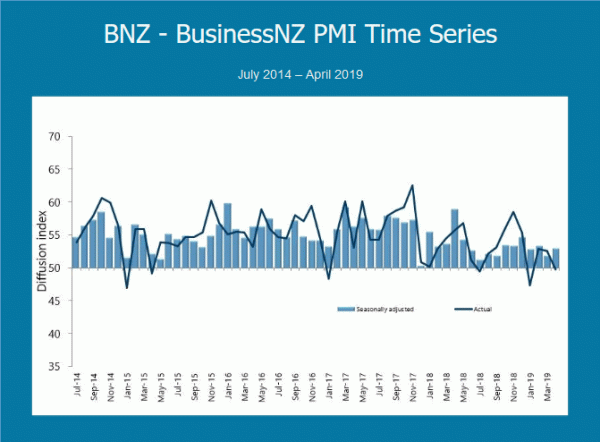
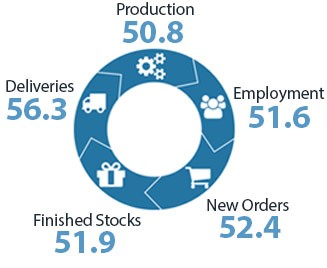
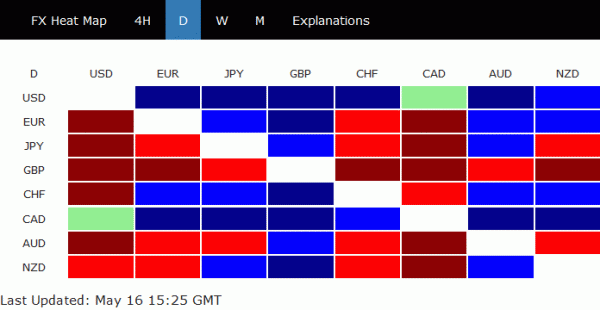
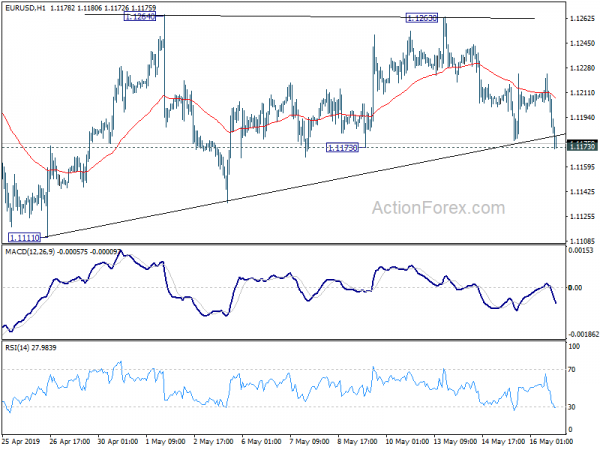
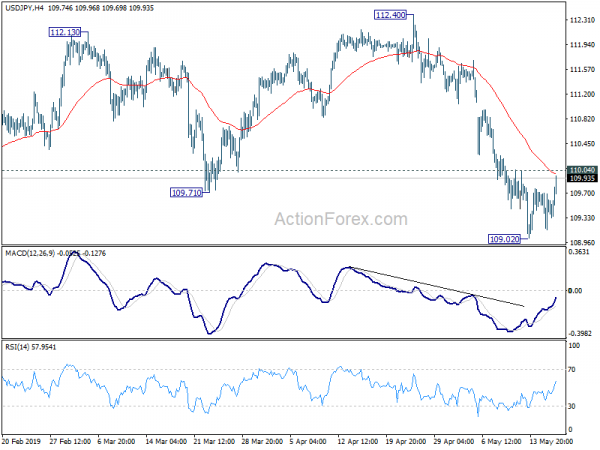
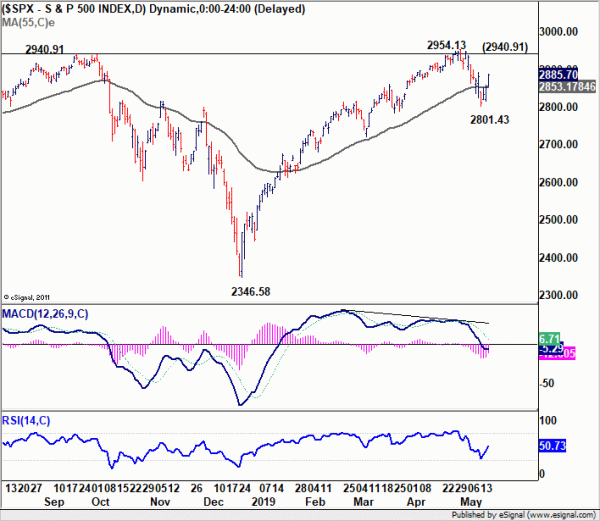
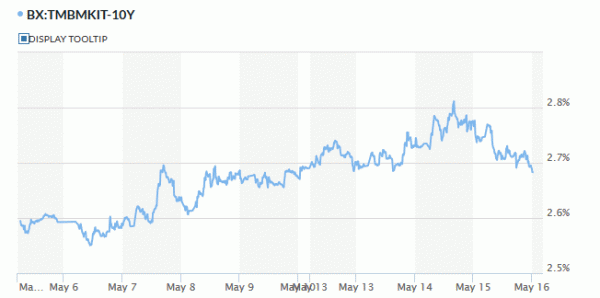
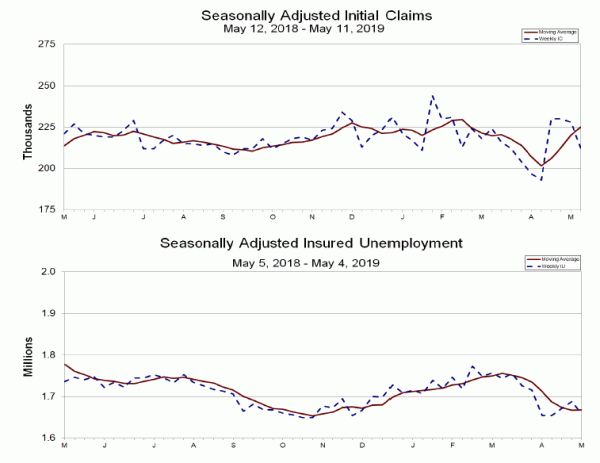
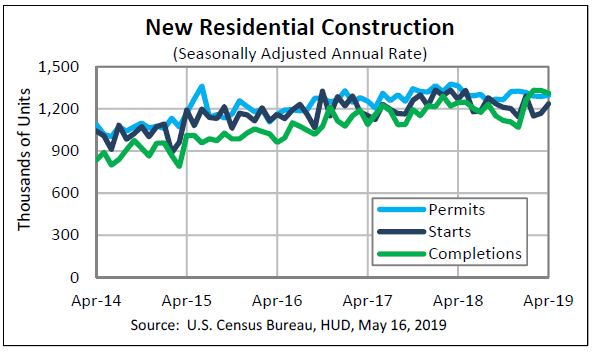
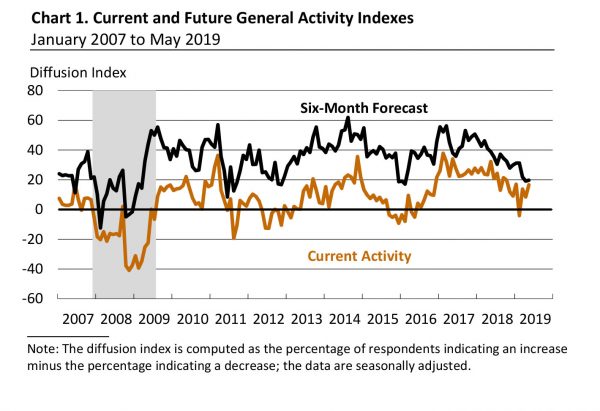
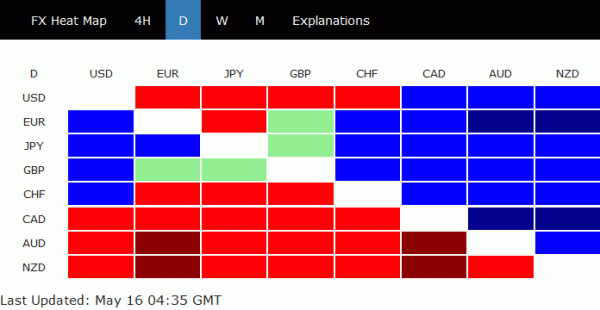
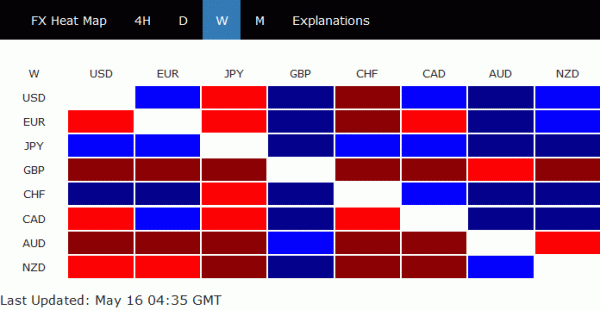
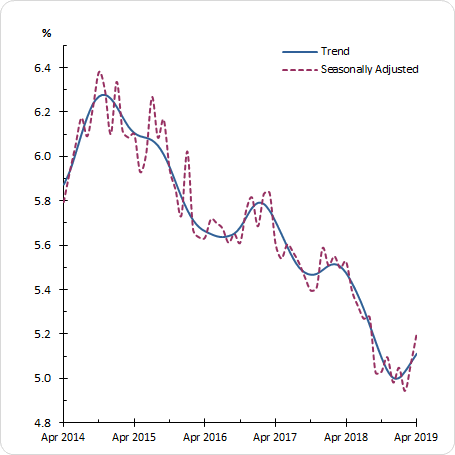
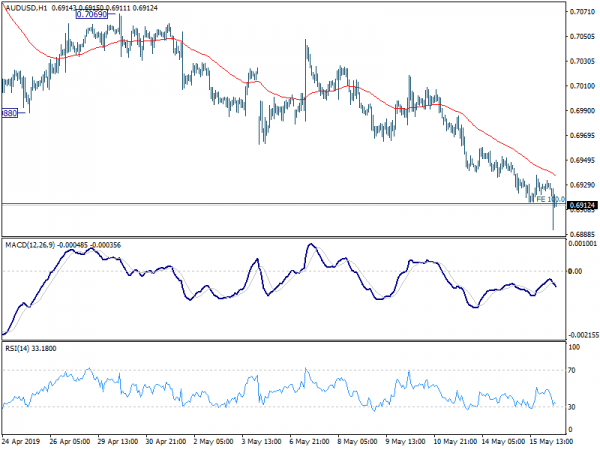
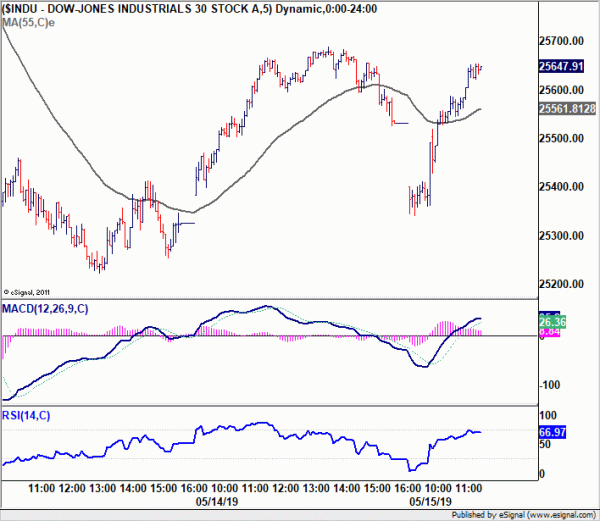
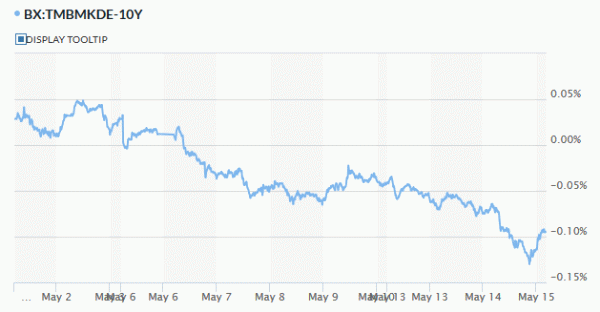
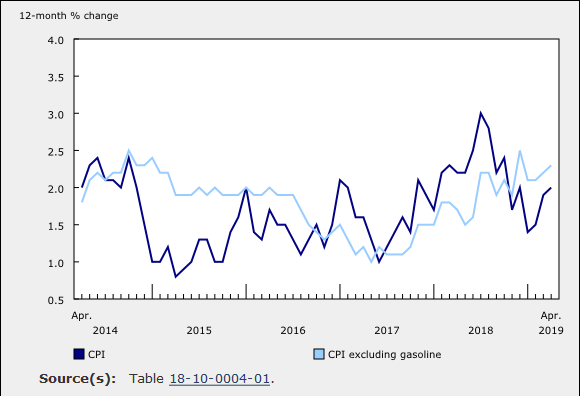
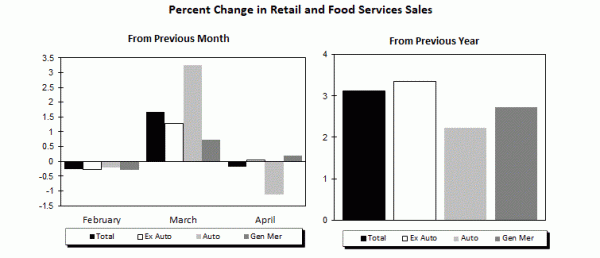
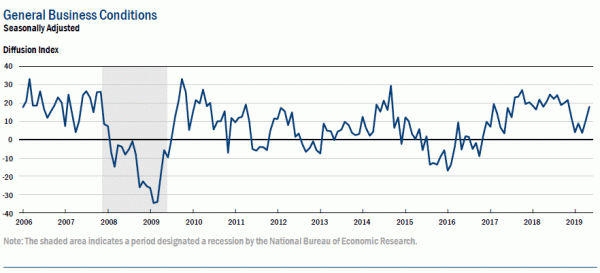

Yuan’s decline resumes, Would China allow it to break 7 handle?
USD/CNH’s decline resumed overnight and hit as high as 6.9446 so far. For now, the selloff in Yuan looks unstoppable as there is no end in sight in US-China trade war, which just escalated. But Reuters reported, based on unnamed source, that the PBoC won’t allow USD/CNH to break through 7 handle.
The source was quoted saying “at present, rest assured they will certainly not let it break 7… Breaking 7 is beneficial to China because it can reduce some of the effects of tariff increases, but the impact on our renminbi confidence is negative and funds will flow out.”
We remain doubtful on whether China will intervene this time given that they’re been generally refrained in both currency and stock markets in the past few months. Barring any government intervention, we maintain the view that, based on current momentum, USD/CNH should surge bass 6.9800 and 7.000 handle with relative ease. Next target is 61.8% projection of 6.2354 to 6.9800 from 6.6699 at 7.1306.